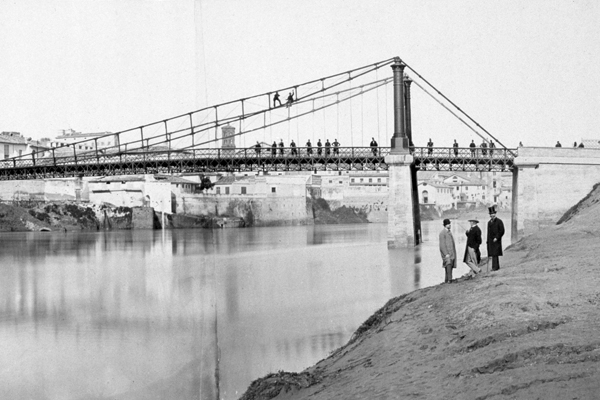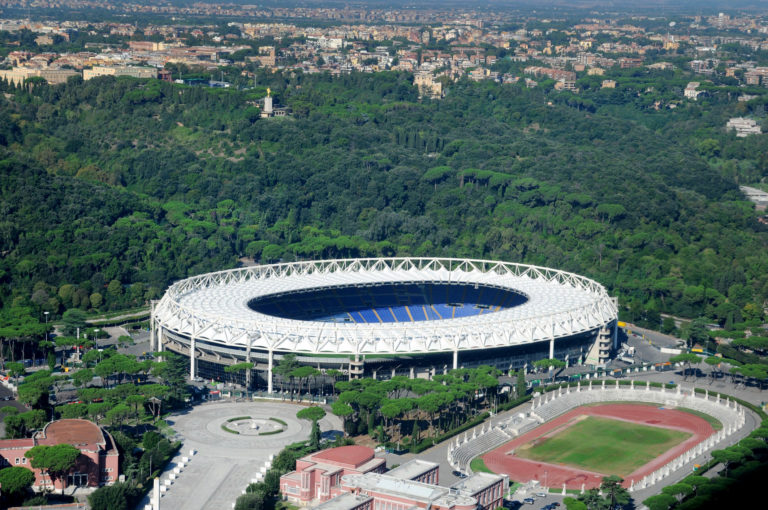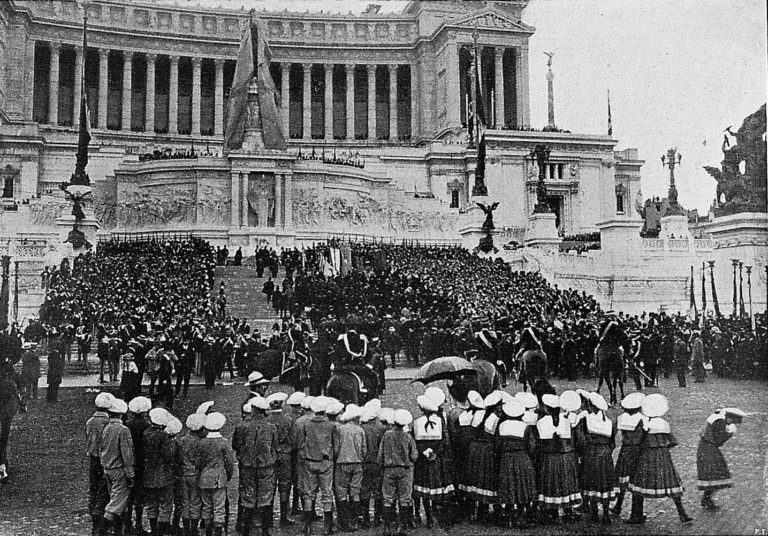The Histories of Architecture.Rome 1943-1970. Urban plans, architectural projects, built works
other events of the Le storie dell'architettura 2016 cycle

Monday closed
Tuesday to Sunday 11 am – 7 pm
Tuesday 24 December 11 am > 4 pm
Monday 25 December closed
Tuesday 31 December 11 am > 4 pm
Wednesday 1 January 11 am > 7 pm
Monday 6 January 11 am > 8 pm
for young people aged between 18 and 25 (not yet turned 25); for groups of 15 people or more; La Galleria Nazionale, Museo Ebraico di Roma ticket holders; upon presentation of ID card or badge: Accademia Costume & Moda, Accademia Fotografica, Biblioteche di Roma, Centro Sperimentale di Cinematografia, Enel (for badge holder and accompanying person), FAI – Fondo Ambiente Italiano, Feltrinelli, Gruppo FS, IN/ARCH – Istituto Nazionale di Architettura, Sapienza Università di Roma, LAZIOcrea, Palazzo delle Esposizioni, Amici di Palazzo Strozzi, Accademia Nazionale di Santa Cecilia, Scuola Internazionale di Comics, Teatro Olimpico, Teatro dell’Opera di Roma, Teatro di Roma, Università degli Studi di Roma Tor Vergata, Youthcard; upon presenting at the ticket office a Frecciarossa or a Frecciargento ticket to Rome purchased between 27 November 2024 and 20 April 2025
valid for one year from the date of purchase
minors under 18 years of age; disabled people requiring companion; EU Disability Card holders and accompanying person; MiC employees; myMAXXI cardholders; registered journalists with a valid ID card; European Union tour guides and tour guides, licensed (ref. Circular n.20/2016 DG-Museums); 1 teacher for every 10 students; AMACI members; CIMAM – International Committee for Museums and Collections of Modern Art members; ICOM members; journalists (who can prove their business activity); European Union students and university researchers in art history and architecture, public fine arts academies (AFAM registered) students and Temple University Rome Campus students from Tuesday to Friday (excluding holidays); IED – Istituto Europeo di Design professors, NABA – Nuova Accademia di Belle Arti professors, RUFA – Rome University of Fine Arts professors; upon presentation of ID card or badge: Collezione Peggy Guggenheim a Venezia, Castello di Rivoli Museo d’Arte Contemporanea, Sotheby’s Preferred, MEP – Maison Européenne de la Photographie; on your birthday presenting an identity document
MAXXI’s Collection of Art and Architecture represents the founding element of the museum and defines its identity. Since October 2015, it has been on display with different arrangements of works.


26 Dec 2024 12.00 pm
guided toursThe Large Glass
26 Dec 2024 04.30 pm
MAXXI for familiesForme danzanti
6 Jan 2025 12.00 pm
guided toursGuido GuidiCol tempo, 1956-2024
6 Jan 2025 04.30 pm
MAXXI for familiesOggetti incredibili e come progettarli
14 Jan 2025 06.00 pm
lectureMongolian Buddhist Art and Zanabazarby Geshe Lharampa Javzandorj Dulamragchaa




MAXXI Auditorium – admittance €5.00; admittance to 5 seminars €20; free for myMAXXI cardholders.
The purchase of a ticket allows for reduced price museum entrance (€8) within one week of issue.
Five lectures examining the urban and architectural history of modern and contemporary Rome from 1870 to the present day
With a strongly symbolic act, Rome emerged from the global conflict and in 1951 inaugurated the Monument to the Martyrs of the Fosse Ardeatine. There followed a long season in which the city was guided by no less than seven exponents of the Democrazia Cristiana party, through to the advent of Giulio Carlo Argan in the August of 1976. The panning and architectural vicissitudes of Rome were, in those years, characterised by the Jubilee of 1950 and the Olympics of 1960. Competitions for public buildings, office blocks, residential quarters for low-cost housing, private speculation, widespread unauthorised development: between 1945 and 19070 Rome was a building site, expanding in all directions with a development plan drawn up in the 1950s, but stripped in the following decade by a number of its fundamental features. And yet, despite everything, space was found in Rome for quality architecture.
Giorgio Ciucci, taught from 1971 to 1996 at the University Institute of Architecture in Venice and from 1996 to 2011 in the Faculty of Architecture of the University of Rome 3, where in 2000 he founded the European Master in the History of Architecture. A Visiting Professor at MIT, Harvard University, Zurich Polytechnic and the Institute for Architecture and Urban Studies (IAUS), New York. He has published and edited books on 20th century Italian architecture, in particular on the architecture and the city of Rome from the 15th to the 20th century.
The Histories of Architecture. Lectures on Rome
27 February – 14 May 2016
The first edition of The Histories of Architecture: this year the series examines the transformations in the architecture of the capital from 1870 through to the present day.
Introductions by Margherita Guccione, director MAXXI Architettura.